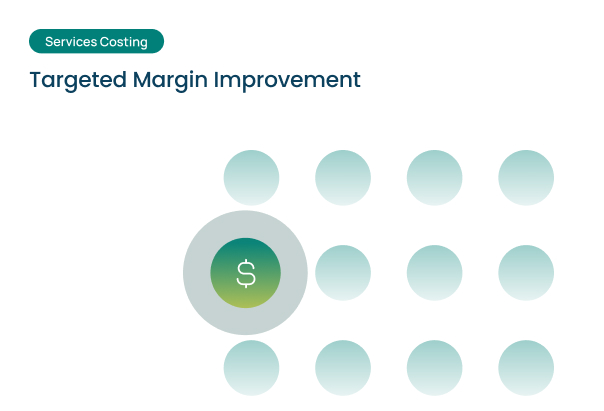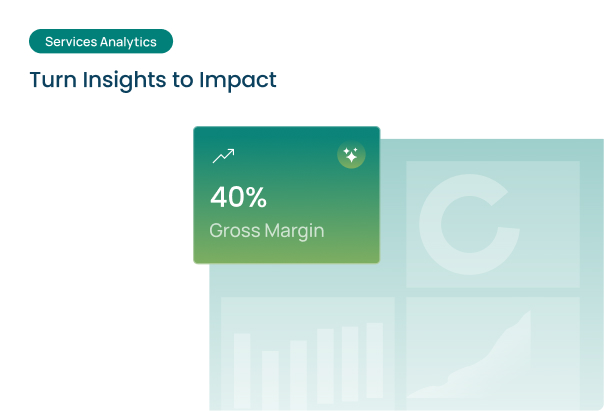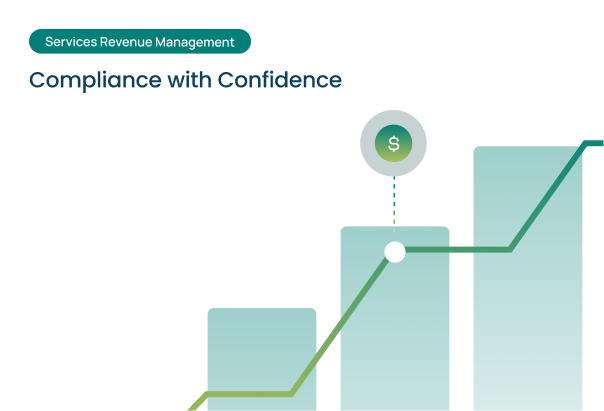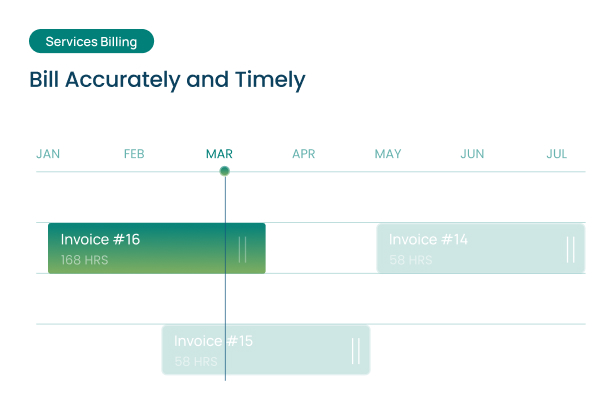



Service businesses often face a challenge in scaling due to fierce competition and their reliance on people as their core assets. They need to continuously find and retain top talent, which has become even more difficult post-Covid. These firms also experience linear growth due to the time investment needed to develop unique and customized solutions for each project. This is where the art of productizing comes into play, offering a strategic avenue for innovative service companies to unlock scalable growth. It has become even more prevalent in today’s AI era.
Productization of services, also known as ‘Service-as-a-Product’, is all about transforming bespoke offerings into standardized, scalable solutions for clearly defined target customer segments. It involves offering a service in a pre-built package with a fixed scope and price, rather than customizing it for each engagement.
At the services consulting firm that I co-founded, we developed three IP offerings around data, analytics and ERP space, and sold them as licensed products. It was quite a learning to pivot from a purely services portfolio to build products. It helped us as a door opener, leading to massive scaling opportunities.
Productization allows companies to grow their business and serve more customers with minimal hands-on work on each project. The model can be easily duplicated and requires only a few modifications from project to project.
The benefits of productization are manifold and lead to happy customers with profitable growth. Companies can also increase operational efficiency, reduce costs, and ensure consistent quality across all client interactions. Additionally, productized services are easier to market, sell, and scale, enabling businesses to lower their customer acquisition cost and tap into new markets to expand their customer base more effectively. It allows companies to clearly distinguish themselves from competitors. It is especially useful for firms that already have a niche or are looking to double down on a different niche for better margins. It also helps improve client experiences as it lets the team gain relevant domain and technology expertise from multiple projects of a similar nature. This leads to increased time-to-value, efficiency and growth. Traditionally, services businesses struggle to achieve an ideal 40% gross-margin range, while productized services can enjoy 60-90% gross margins based on how it is executed. Even customers have started demanding it from companies to provide innovative and cost-effective solutions instead of just resources. In the era of AI, productization has become an increasingly valuable approach for service firms to stay ahead of the curve.
Not all services are suitable for productization. Services that involve repetitive, high volume tasks and non-specialized skills are ideal for productization. You need to first figure out the ‘Why’ before you determine which use cases to choose for productization .
To identify suitable candidates, you should conduct a thorough analysis of your existing service portfolio, as well as research on the market and your competition. Understanding the market challenges and customer pain points can lead you to right opportunities. Today, artificial intelligence, machine learning and automation provide many new avenues for productization. This analysis should evaluate factors such as:
The tasks that meet three criteria – they’re repetitive, high-volume and require little sophistication – are the low-hanging fruit for productization. By carefully evaluating these factors, you can identify the services that are most suitable for productization.
Once you have identified the right candidate for productization, you must focus on transforming it into a standardized, repeatable solution that can be delivered consistently and at scale. This process typically involves three key steps:
It’s all about the experience that your customers get from productized services. Maintaining high levels of customer support and satisfaction is critical for long-term relationships and repeat business. Even with standardized offerings, businesses must invest in robust customer support systems and continuously gather feedback to improve their productized services based on customer needs and preferences.
The right support system includes dedicated teams, multichannel communications, clear protocols and governance, and customer success programs. Developing a strong brand identity for your productized services is essential to stand out in the market and reach potential customers.
Effective support strikes a balance between standardization and addressing unique client needs, ensuring consistent quality with a personalized experience. If you plan the productization smartly, you can sail the ship of profitable scaling for a long time.
It is not easy for services firms to simply take their existing services portfolio and transform them into products overnight. The very first step is to change mindset and take a different approach to building, managing, and monetizing their services as products.
By standardizing processes, creating well-defined packages, and implementing effective pricing and sales strategies, service companies can overcome the limitations of human resource constraints, break free from the trap of linear growth and expand into new market opportunities.
If you want to learn the secret formula of productization of services in detail, I encourage you to reach out to me on LinkedIn. I am always happy to chat with service founders about scaling.